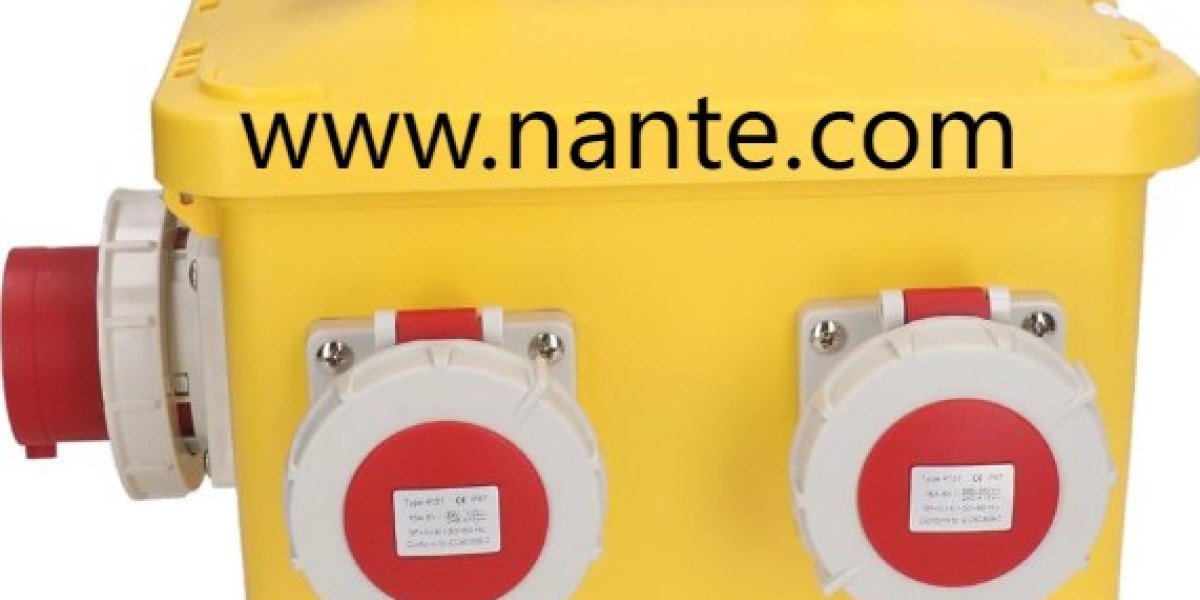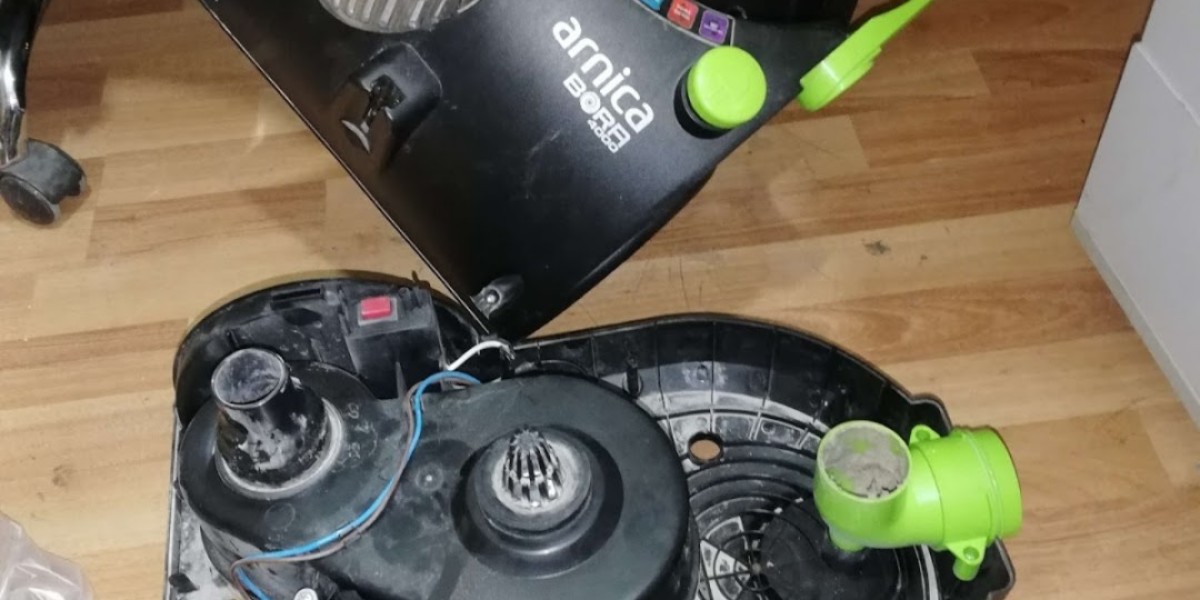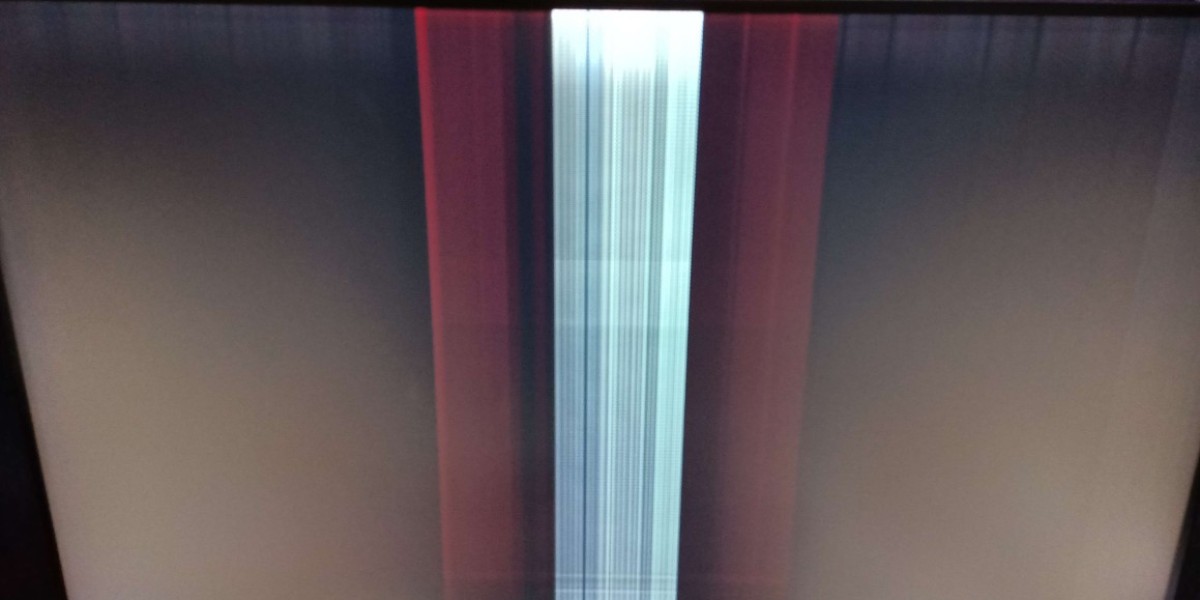Poorly designed electrical distribution gear keeps turning up in headlines as hidden causes of fires and shutdowns. One item that often appears in investigations is the distribution Socket Box when it lacks robust protection or when connections are left exposed during heavy use. Attention to how these boxes are specified and installed can change outcomes for workplaces that depend on continuous power.
Investigators who examine electrical fires often find the same fingerprints: overheating at connection points, evidence of arcing, and damage to receptacles and surrounding materials. These forensic findings show that what looks like a small enclosure failure can become the ignition point for a much larger incident. Independent consultants and fire specialists report that receptacles and their boxes frequently show telltale melting or burn marks that point to inadequate containment and protection.
Real world case studies also underline another truth. In many loss scenarios the enclosure itself allowed dust moisture or mechanical stress to accelerate failure. Where packaging and entry points were poorly arranged, cables moved and connections loosened. When combustible materials sit too close to hot spots created by loose contacts, damage spreads far more quickly than expected. These patterns repeatedly surface in post event analyses and technical reviews.
That makes the design of a socket box not a small engineering detail but a risk management decision. Practical features to watch for include solid mounting for cables and plugs, clear separation between circuit protection and outlet openings, and accessible breakers and residual current devices for rapid response. Enclosures that are weather resistant and easy to inspect reduce the chance that a minor fault will escalate. Industry guidance from safety groups emphasizes that distribution equipment should be engineered to limit overheating and to keep wiring stable under actual working conditions.
Manufacturers now offer combined socket boxes that bring those protections into a single unit while simplifying on site setup. Units that integrate overcurrent protection and residual current protection can localize failures and isolate affected circuits with minimal disruption. Robust materials and ingress protection ratings help keep contaminants out and connections reliable. When businesses select equipment, looking beyond price to how a product manages heat and access can reduce both operational downtime and fire risk.
If you are responsible for a facility that relies on portable and temporary power arrangements, case studies suggest a few practical steps. Replace worn receptacles and boxes with enclosures designed for industrial use. Choose products that make inspection straightforward and that include built in protective devices to cut power at the first sign of a fault. Train staff to report loose plugs and sizzling sounds immediately because early detection is often the difference between a repair and a full loss event.
When safety and uptime matter, selecting the right equipment is a deliberate process. Explore suppliers who document protection features and who provide clear specifications for field service and maintenance. For a convenient look at combined industrial socket box es and their protection options visit www.nante.com .







